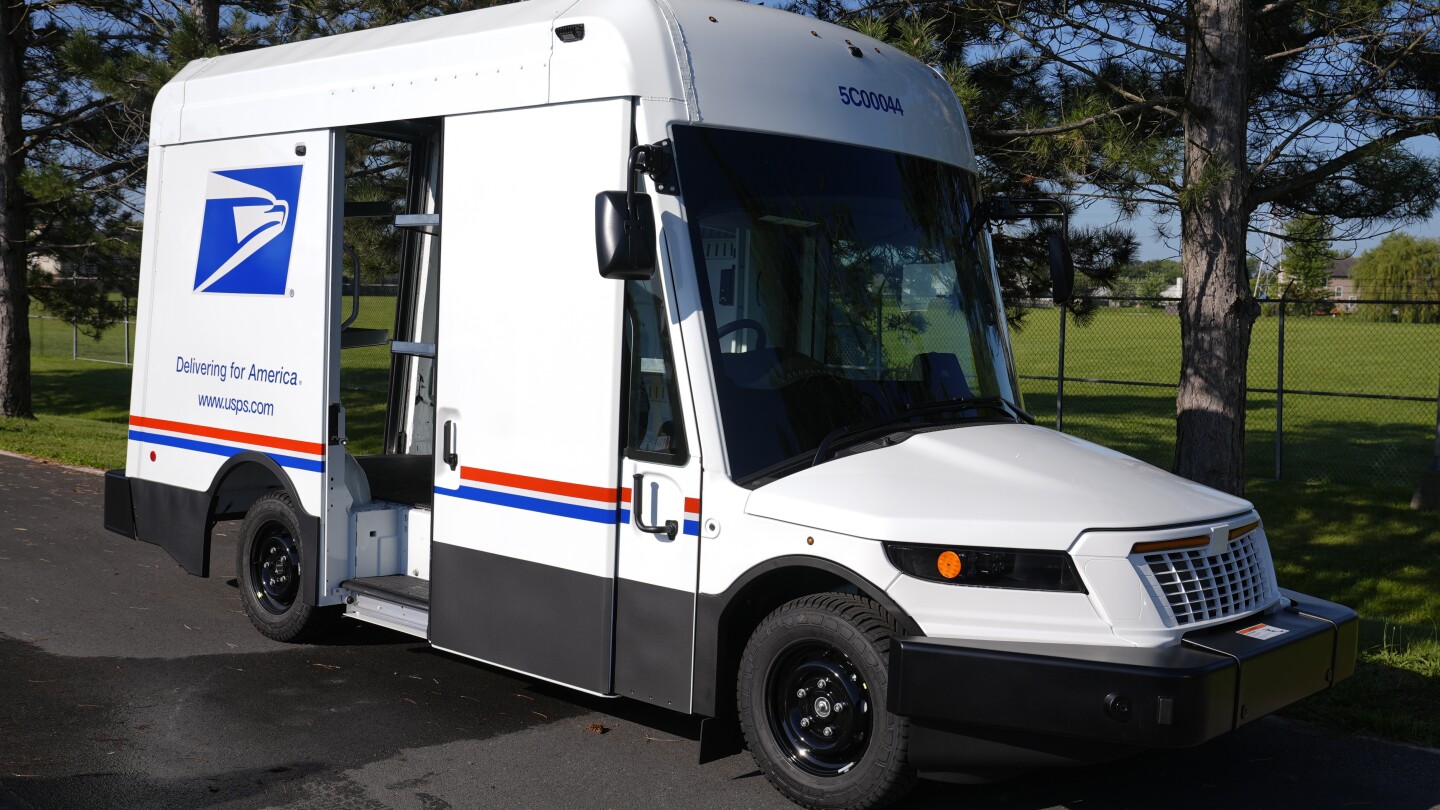The Postal Service’s new delivery vehicles aren’t going to win a beauty contest. They’re tall and ungainly. The windshields are vast. Their hoods resemble a duck bill. Their bumpers are enormous.
“You can tell that (the designers) didn’t have appearance in mind,” postal worker Avis Stonum said.
Odd appearance aside, the first handful of Next Generation Delivery Vehicles that rolled onto postal routes in August in Athens are getting rave reviews from letter carriers accustomed to cantankerous older vehicles that lack modern safety features and are prone to breaking down — and even catching fire.
Within a few years of the initial rollout, the fleet will have expanded to 60,000, most of them electric models, serving as the Postal Service’s primary delivery truck from Maine to Hawaii.
Once fully deployed, they’ll represent one of the most visible signs of the agency’s 10-year, $40 billion transformation led by Postmaster General Louis DeJoy, who’s also renovating aging facilities, overhauling the processing and transportation network, and instituting other changes.



He tried to get them to mainly use gas powered hybrid ones. Which sounds great on the surface, but they basically got the same mpg as the now at least 30 year old LLVs they were replacing, just with AC. When that fact was put out, these fully electric ones genuinely just made way more sense for most postal routes. They took a long time to develop, but that’s because the usps had a long list of stuff they wanted to accommodate (sounds crazy, but they seem to have actually taken a lot of feedback from the drivers).
He also got rid of a lot of the automated letter sorting, most likely to slow mail-in voting. A lot of those sorter couldn’t easily be replaced, as they were expensive machines.